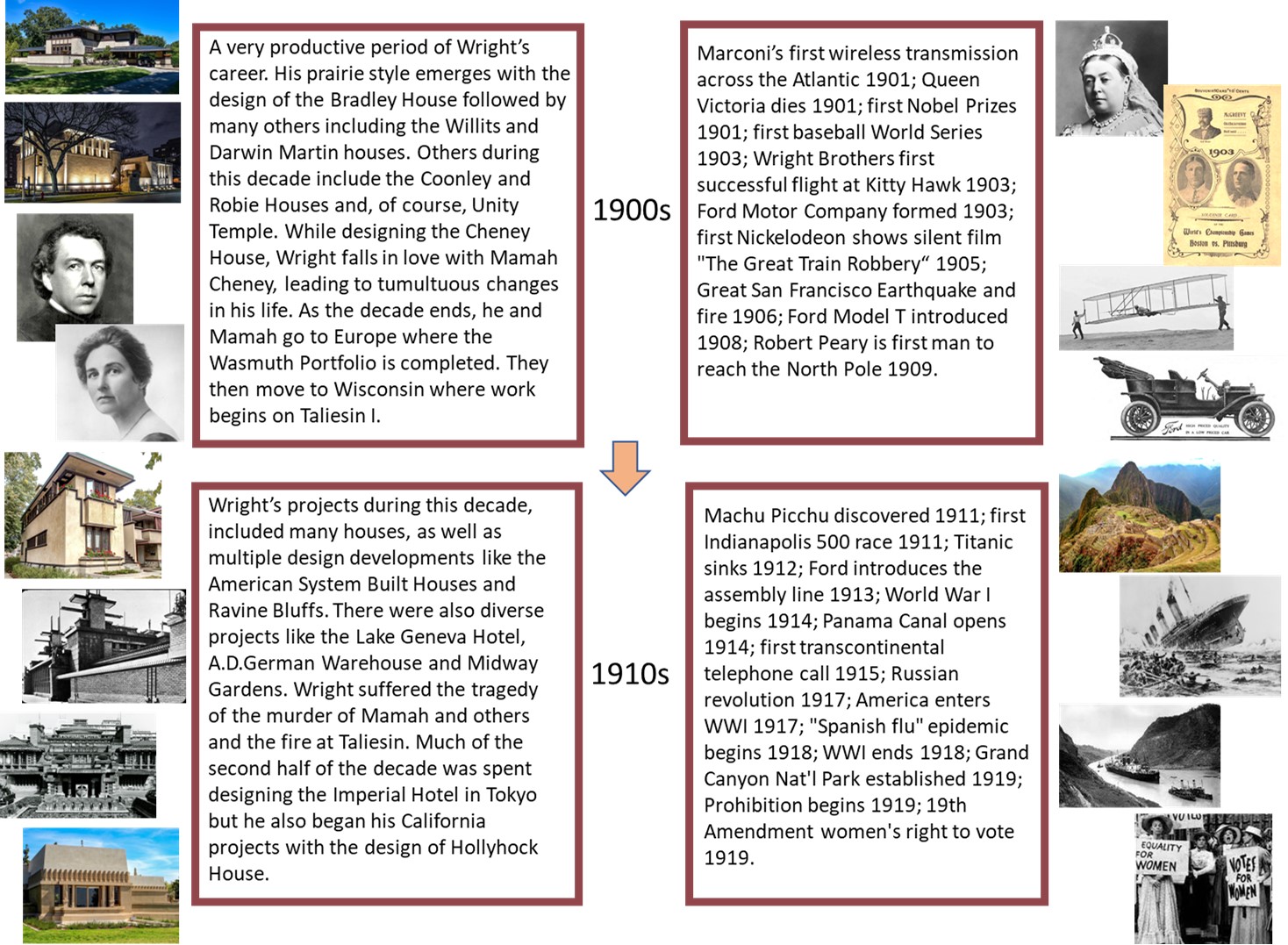Unity Dance Series
Muntu Dance Theatre
October 23, 2021
“In essence you are visitors to our village which is wherever we are. We welcome you with Dyembes (drums) and Esparoro (chant). Through the chant we ask that you not only enjoy your stay with us but form with us a comradeship that will remain a lasting association.”
 This statement is from an introduction to the website of Dance Africa, a company in Brooklyn, New York that is affiliated with Chicago’s own Muntu Dance Theatre. These two groups, along with others throughout the USA, were established to maintain the traditions of African dance and theatrical forms in this country. Through education and performances these musicians and dancers affirm the continuing practice of African dance that has spread worldwide thru the diaspora of African peoples. Chicago’s Muntu Dance Theatre had previously performed for a private wedding ceremony at the Unity Temple, but their visit in October, 2021 was an hour’s public performance of drumming and dancing that showcased their techniques based on styles of dance they have imported from West African countries.
This statement is from an introduction to the website of Dance Africa, a company in Brooklyn, New York that is affiliated with Chicago’s own Muntu Dance Theatre. These two groups, along with others throughout the USA, were established to maintain the traditions of African dance and theatrical forms in this country. Through education and performances these musicians and dancers affirm the continuing practice of African dance that has spread worldwide thru the diaspora of African peoples. Chicago’s Muntu Dance Theatre had previously performed for a private wedding ceremony at the Unity Temple, but their visit in October, 2021 was an hour’s public performance of drumming and dancing that showcased their techniques based on styles of dance they have imported from West African countries.
 In 2022 Muntu Dance Theatre will celebrate its 50th anniversary under the leadership of Sekou “Tepaku Lunda” Conde, who was educated in West African drumming and culture. He is assisted by Regina Perry-Carr, Artistic Director of Muntu who joined the company as a child with her mother as her teacher. Now Perry-Carr lives in Maywood, Illinois, but she was born in the Austin neighborhood and educated in Oak Park and Forest Park so she is no stranger to Unity Temple and its programs. Perry-Carr was the choreographer for the sequence of dances accompanied by drummers that Muntu Dance presented.
In 2022 Muntu Dance Theatre will celebrate its 50th anniversary under the leadership of Sekou “Tepaku Lunda” Conde, who was educated in West African drumming and culture. He is assisted by Regina Perry-Carr, Artistic Director of Muntu who joined the company as a child with her mother as her teacher. Now Perry-Carr lives in Maywood, Illinois, but she was born in the Austin neighborhood and educated in Oak Park and Forest Park so she is no stranger to Unity Temple and its programs. Perry-Carr was the choreographer for the sequence of dances accompanied by drummers that Muntu Dance presented.
 Regina Perry-Carr commented she was eager to utilize the architecture of Frank Lloyd Wright’s Unity Temple because of the varied levels and entry portals of the sanctuary. West African Dance is highly ceremonial and features depictions of royalty and leaders who communicate with the people gathered around them to arouse their feelings and to instruct them.
Regina Perry-Carr commented she was eager to utilize the architecture of Frank Lloyd Wright’s Unity Temple because of the varied levels and entry portals of the sanctuary. West African Dance is highly ceremonial and features depictions of royalty and leaders who communicate with the people gathered around them to arouse their feelings and to instruct them.
In this performance the dance steps and patterns of the men and women were strongly contrasted. The women responded to the drums with great vitality and abandon while the men strutted pridefully and performed close ordered drills to emphasize their skills.
 Perry-Carr directed the bands of drummers and troops of dancers to process into and out of the center space from different doorways and aisles giving their performance a fluid rhythm that intensified throughout the hour. The rectilinear geometric spaces in Unity Temple provided an impressive background for the dancers and drummers in their African textiles costumes.
Perry-Carr directed the bands of drummers and troops of dancers to process into and out of the center space from different doorways and aisles giving their performance a fluid rhythm that intensified throughout the hour. The rectilinear geometric spaces in Unity Temple provided an impressive background for the dancers and drummers in their African textiles costumes.
Two more dance performances are scheduled n this year’s series: Winifred Haun & Dancers with Banks Performance Project on February 26 and the Movement Revolution Dance Crew with Silvita Diaz Brown on May 7.
Contributed by Ruth K Meyer





